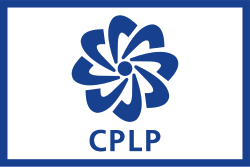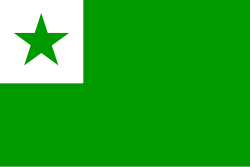
The use of flag icons, particularly national flags, for languages is a common practice. Such icons have long been used on tourist attraction signage, and elsewhere in the tourism space, but have found wider use in website localization where UX limitations have become apparent. [1] [2]
Contents
- Types of flags icons
- National flags
- Mixed national flags
- Linguistic flags
- Writing systems
- Political motivations
- Gallery
- References
- External links
The usage remains widespread despite problems, such as being potentially insulting, since countries and languages don't have a one-to-one correspondence. The World Wide Web Consortium suggests not using such practice, and recommends using texts instead. [3] [4]















